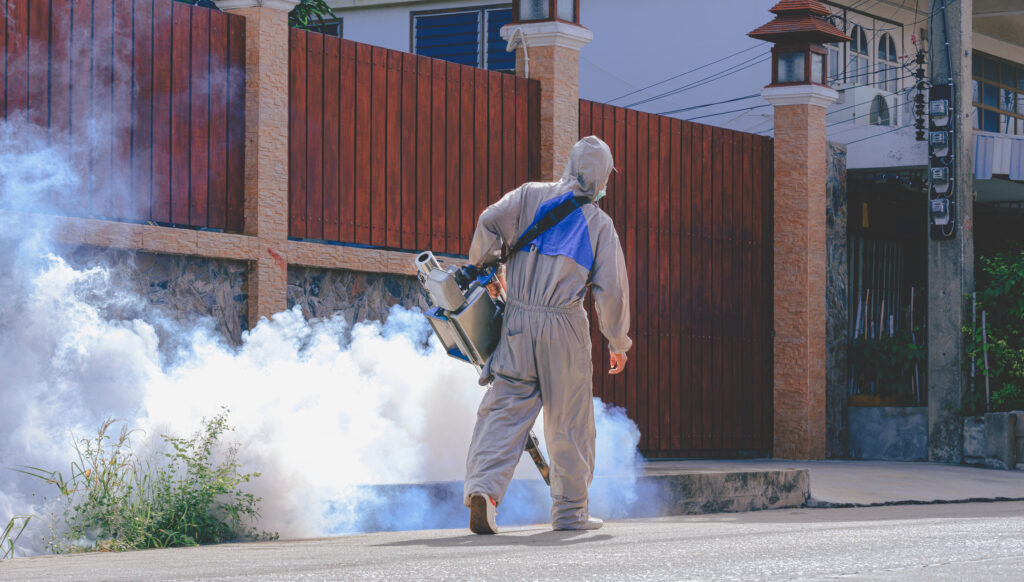The virus’ name reveals the intensity of the excruciating pain it causes. Called the chinkungunya virus, its name comes from a word in a Tanzanian language that means “that which bends up.”
It describes the tortured, twisted posture people with the virus assume to cope with the agony.
You need to know that there are no reported cases of chinkungunya virus in the United States, and it hasn’t been in the country since 2014.
According to a July update from the European Centre for Disease Prevention and Control, the countries closest to the United States that have reported cases are Guatemala, which is 1200 miles from Brownsville, Texas, and France, about 3,000 miles from West Quoddy Head, Maine, the most eastern point of the US.
However, chinkungunya virus spreads via mosquitoes, and the painful symptoms usually begin to appear between four and eight days after the insect bites a person, according to the Centers for Disease Control and Prevention.
Given the distance from nations where the virus is present, the absence of cases in the United States and the rarely-fatal nature of the virus, the persistent interest in the virus as evidenced by domestic Google searches is unclear.
However, the number of cases in China is surging, and the extreme steps that nation is taking to prevent its spread have garnered global media attention.
Earlier this morning, correspondents for The New York Times reported that in China, masked soldiers are fumigating streets and parks with insecticide to kill mosquitoes. Drones are searching for areas where the insects breed in standing water. Workers are going to houses and ordering people to get rid of stagnant water or face fines and criminal charges.
Like other global media, the BBC reports that the majority of the 7,000 cases in China are concentrated in the southern Guangdong province.
The grave concern about the virus is because it is rare in China. Chinkungunya has been around for seven decades when it first appeared in Tanzania in 1952. Usually, cases of the non-lethal virus appear in Africa and the south east region of Asia.

Additionally, the speed at which chinkungunya virus has spread is causing worry. There have been 3,000 new cases in the last week. And four days ago the CDC issued a level 2 travel warning, advising vaccination before traveling to Foshan, China; reconsidering travel to the area is pregnant as infants are particularly susceptible to the virus; and increasing protection against mosquito bites by wearing long sleeves, using repellant and selecting accommodations with air-conditing and screens.
Chinkungunya is difficult to diagnose, according to the World Health Organization, because it manifests similarly to dengue and Zika virus with muscle pain, nausea, headache, rash, fatigue and joint swelling.
Testing for antibodies confirms a person had or has chinkungunya, but there’s something else. “It is characterized by an abrupt onset of fever, frequently accompanied by severe joint pain. The joint pain is often debilitating and usually lasts for a few days but may be prolonged, lasting for weeks, months or even years,” the WHO fact sheet states.
The heightened domestic internet search history is real. So is the global media attention. And while China’s decision to approach controlling chinkungunya’s spread as a “patriotic public health campaign,” evokes some memories of the Covid-19 pandemic, this virus is not similar to Covid.
Chinkungunya virus is not spread between humans. An infected mosquito must bite a person. It’s not airborne. It is rarely fatal. And China has not mandated distancing or lockdowns.


